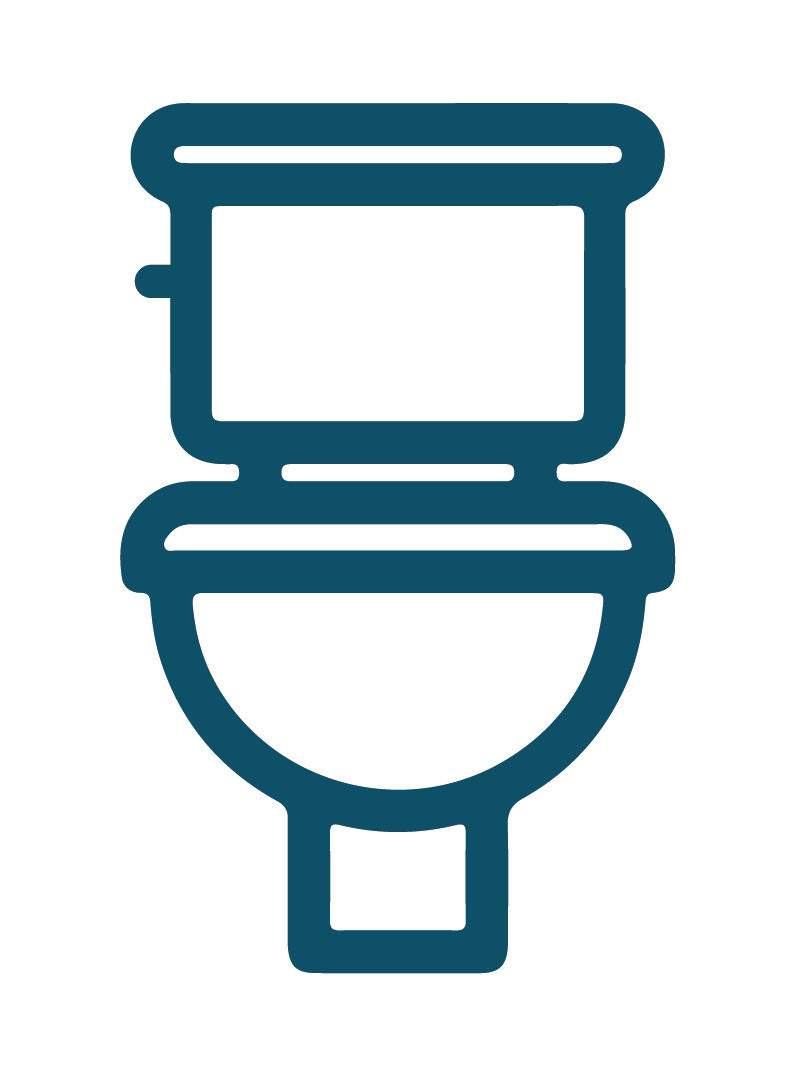Septic Systems
Where exactly does all the water (and waste) go after you flush the toilet, drain the bathtub, or complete a load of laundry in the washing machine? If you live in a rural area, chances are your household waste is treated by a septic system.
Wastewater leaves your home through a series of pipes, and then enters the septic system’s large underground watertight tank. In this tank, fats, oils and grease float to the top, where they are pumped out so as to not clog up the system.
Water, suspended solids, and fecal matter settle down to the bottom, and then slowly flow out of the tank into a series of underground perforated pipes that are buried in a drain field. Crushed rock, gravel, and soil around the septic system act as a filter, along with naturally-occurring soil bacteria—together they remove harmful fecal coliform bacteria, viruses and nutrients. Thus the water is cleaned as it slowly moves through the drain field and percolates deeper into the ground, becoming part of groundwater.
Septic systems that are not operating properly can be sources of incredibly high levels of fecal coliform bacteria. Iowa's Time of Transfer law requires that every home or building served by a septic system have that septic system inspected by a certified inspector prior to any sale or deed transfer. The law seeks to protect water quality by ensuring septic systems are operating properly and not polluting groundwater and/or nearby water bodies.
Additional Resources
Animation: How a Septic System Works – Gualalupe-Blanco River Authority and Texas A&M AgriLife Extension
SepticSmart Week – U.S. Environmental Protection Agency
